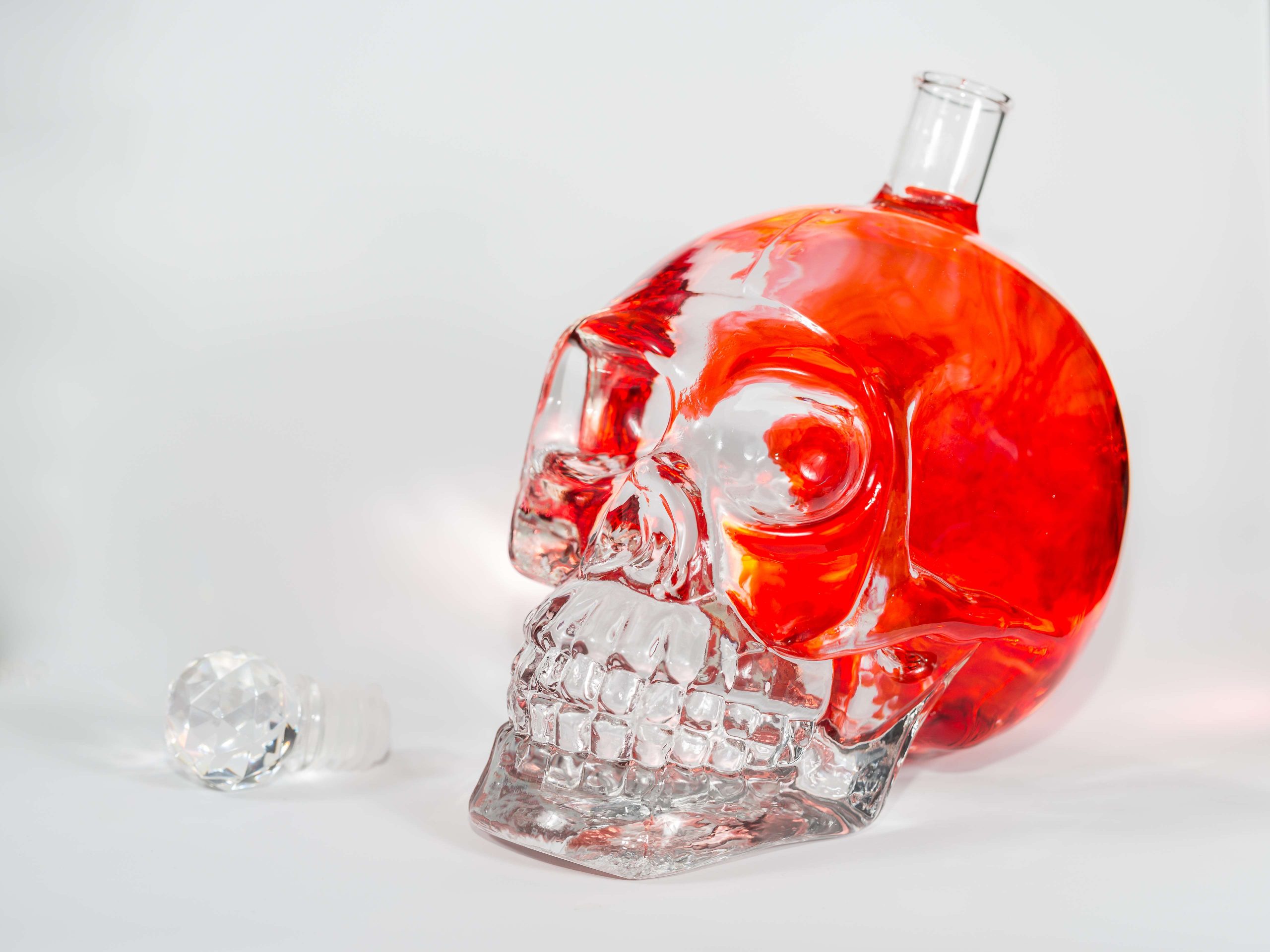Treatment Of Alcohol Withdrawal Syndrome
How Can I Enable
2021/12/13Dos And Don’ts Of A Successful Intervention
2021/12/13Treatment Of Alcohol Withdrawal Syndrome
Content
In many cases, your doctor will advise detox in a medical or rehab facility so they can monitor you. Anyone with a mental health disorder and an alcohol use disorder (co-occurring disorders) should seek treatment at a facility as well. However, approximately 75 percent of recovering alcoholics are likely to experience post-acute withdrawal syndrome . Symptoms of PAWS typically occur two or more months after an alcohol-dependent person’s last drink. Blood flow to the brain commonly decreases and you may experience severe dehydration. A person experiencing DT’s must be monitored by a medical professional until symptoms subside.
- However, the chronology may offer a clue to the cause of the withdrawal.
- However, you should have someone with you to ensure your symptoms don’t worsen.
- Verywell Mind’s content is for informational and educational purposes only.
- This should initially be done via an intravenous access because gastrointestinal absorption is reduced, and the person is at risk of vomit entering the airways and suffocating.
- Should you experience severe symptoms or delirium tremens, doctors and nurses are available to provide emergency treatment, such as breathing assistance.
Are more severe and may include hallucinosis, seizures, or even delirium in about every fifth person affected. Protect a person’s dignity during the withdrawal process and treat them humanely. Make the withdrawal process safe for the person and help them live alcohol-free. How COVID-19 Has Impacted Alcohol AbuseAs the COVID-19 pandemic Transitional living continues, the numbers of alcohol abuse have continued to rise, causing concern across America. We know the struggle, which is why we’re uniquely qualified to help. Inevitably, the result of so many setbacks is a higher risk of continued future misuse of alcohol and an even more dangerous relationship with the substance.
Treatment Of Alcohol Withdrawal Syndrome
You’re also at risk for AWS if you’ve previously had withdrawal symptoms or needed medical detox for a drinking problem. With AWS, you may experience a combination of physical and emotional symptoms, from mild anxiety and fatigue to nausea. Some symptoms of AWS are as severe as hallucinations and seizures. Alcohol withdrawal syndrome is a set of symptoms that occur when someone who is physically dependent upon alcohol suddenly stops drinking or drastically reduces their alcohol intake. No matter how severe or mild your symptoms, the best long-term treatment is to stop drinking completely, especially when you’ve already gone through withdrawal. To that end, you’ll need to make sure that you’re living in an environment that’s supportive to refraining from alcohol use.

When alcohol withdrawal symptoms are this extreme, it is important to ensure that immediate access to medical care is available at all times. It’s vital to treat the whole person by including the mind, body, and spirit in the path to recovery.
Alcohol Withdrawal Syndrome
The discrete aspects of alcohol withdrawal can follow a progression or occur independently. These aspects include alcoholic tremulousness, hypertension, tachycardia, diaphoresis, agitation, and seizures. Alcohol withdrawal rarely if ever occurs in children other than neonates. Half of people manage to stay abstinent from alcohol for a year.

When this occurs, you may experience problems with breathing, blood circulation, and your body’s ability to control its normal temperature. Health experts define heavy alcohol use as more than three drinks per day for women and four drinks per day for men. SAMHSA defines heavy alcohol consumption as drinking five or more days a month. A number of studies have examined the use of various benzodiazepines other than diazePAM for treating alcohol withdrawal. Once dosing adjustments are made for differences in potency and duration of effect, one would expect most could be effective as long as patients are carefully observed to avoid under- or excessive dosing. The CIWA-Ar should used in all patients suspected of being at risk to have alcohol withdrawal.
Symptoms Of Alcohol Withdrawal
Abstaining from alcohol use, especially when facing the onset of an addiction can feel next to impossible. The clinical manifestations of alcohol withdrawal include hyperactivity resulting in tachycardia and diaphoresis. More severe alcohol withdrawal can result in nausea and vomiting, which can exacerbate metabolic disturbances.

We help people with addictions and substance use disorders recover. We use the ancient practice of mindfulness with the 12 Steps to help you find deep healing and recovery. With long-term treatment, you’ll stay safe and rest assured, knowing you have the support to achieve and maintain a life of sobriety.
Treatments For Alcohol Withdrawal
Because of this, a health professional should monitor the patient to prevent any complications. While a person may feel they have withdrawal under control on their own, changes can escalate quickly, causing life-threatening health issues. This usually happens within 12 to 48 hours after alcohol consumption stops. In addition, more intense symptoms that affect vital signs will begin. Stage one occurs within the first six to eight hours after your last drink.

Alcohol withdrawal is not only physically dangerous, but it’s also a major obstacle to overcoming alcohol addiction. For most people with alcohol withdrawal, symptoms tend to be mild and include anxiety, restlessness, headaches, and a craving for alcohol.
Alcohol Withdrawal And Detox
Acute withdrawal is most safely managed in an inpatient setting if the patient has been using high doses of sedatives, has a history of seizures or delirium tremens, or has comorbid medical or psychiatric problems. Alcohol withdrawal occurs when a person with an alcohol dependency either abruptly ceases or gradually stops drinking alcohol all together. If you’re struggling with drug addiction, treatment providers can help.

Consequently, the clinician’s initial assessment also serves to exclude other conditions with symptoms similar to those of AW. Examples of such conditions include subdural hematoma (i.e., the collection of blood in the space between the membranes surrounding the CNS), pneumonia, meningitis, and other infections. Similarly, seizures and DT’s may be confused with other conditions that should be excluded during initial assessment. Thus, a diagnosis of DT’s and AW seizures should be made only after other reasonable causes for these complications have been excluded. Despite the variability in the type and severity of symptoms that a person can experience, the clinical syndrome of AW has been well defined. Its symptoms generally appear within hours of stopping or even just lowering alcohol intake and, thus, BAC. The most common symptoms include tremor, craving for alcohol, insomnia, vivid dreams, anxiety, hypervigilance,2 agitation, irritability, loss of appetite (i.e., anorexia), nausea, vomiting, headache, and sweating.
An Overview Of Alcohol Withdrawal
The ASAM Alcohol Withdrawal Management guideline aids clinicians in their clinical decision-making and management of patients experiencing alcohol withdrawal syndrome in both inpatient and ambulatory settings. Major alcohol withdrawal occurs after more than 24 hours and usually peaks at 50 hours, but occasionally takes up to 120 hours after cessation. Delirium tremens is manifested by gross tremor, profound confusion, fever, incontinence, visual hallucinations, and mydriasis.
Moderation of Prazosin’s Efficacy by Alcohol Withdrawal Symptoms American Journal of Psychiatry – Am J Psychiatry
Moderation of Prazosin’s Efficacy by Alcohol Withdrawal Symptoms American Journal of Psychiatry.
Posted: Thu, 19 Nov 2020 08:00:00 GMT [source]
Calculations must be re-checked and should not be used alone to guide patient care, nor should they substitute for clinical judgment. Our original paper still accurately outlines the reasons for using the CIWA-Ar and how to use it. We did not emphasize the importance of standardized training of all staff and the usefulness of the assessment of within and between rater reliability in the paper. Patients or standardized trained patients can be used to ensure good staff agreements on ratings. It is the dedication of healthcare workers that will lead us through this crisis. Heavy drinking plus poor nutrition can lead to a thiamine deficiency. The Joint Commission for the Accreditation of Healthcare Organizations evaluates quality of care provided by healthcare organizations.
Timeline Of Alcohol Withdrawal Symptoms
Drinking in moderation is the best way to prevent alcohol withdrawal syndrome. For those trying to detox from alcohol, it is vital to do so under the supervision of a alcohol withdrawal cure doctor, as the withdrawal symptoms may be severe. The production of these neurotransmitters is affected when a person stops or significantly reduces alcohol intake.
When you suddenly stop drinking, your brain continues producing these stimulating chemicals. Monitor patients every few hours, with the frequency of evaluation varying by severity of withdrawal signs.
Why do people shake after a night of drinking? Is it a sign of alcoholism? Learn the facts behind "the shakes" on the Lakeside-Milam blog.https://t.co/xZqsDIm6jv
— Lakeside-Milam Recovery Centers (@LakesideMilam) December 3, 2021
This should initially be done via an intravenous access because gastrointestinal absorption is reduced, and the person is at risk of vomit entering the airways and suffocating. The doctor may ask for evidence that there has been a decrease in alcohol use after regular heavy use. Anyone that thinks they are dependent on alcohol should consider speaking to a doctor.
Learn more about treating alcoholism and support options by reaching out to a treatment provider today. Professional alcohol withdrawal treatment and medical detox focus on creating a safe, stable and comfortable environment for the client to experience the withdrawal process. Depending on the individual’s symptoms and risks, detox may include observation and monitoring only, while others may include intense medical interventions to limit danger and life-threatening consequences.
A #dietacetogenica reduz os sintomas de abstinência de álcool em humanos e a ingestão de álcool em roedores. #withdrawal #Ketogenicdiet https://t.co/YnzXifU7Pi
— Maurício Lima 🇧🇷 (@dj_surfista) December 6, 2021
The mechanism behind kindling is sensitization of some neuronal systems and desensitization of other neuronal systems which leads to increasingly gross neurochemical imbalances. This in turn leads to more profound withdrawal symptoms including anxiety, convulsions and neurotoxicity. About 3% to 5% of people who withdraw from heavy drinking experience delirium tremens. This condition can become fatal if it’s left untreated, so if you or a loved one show any symptoms of the DTs, seek emergency treatment because symptoms can get worse.
